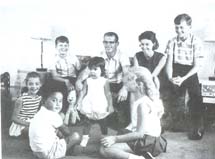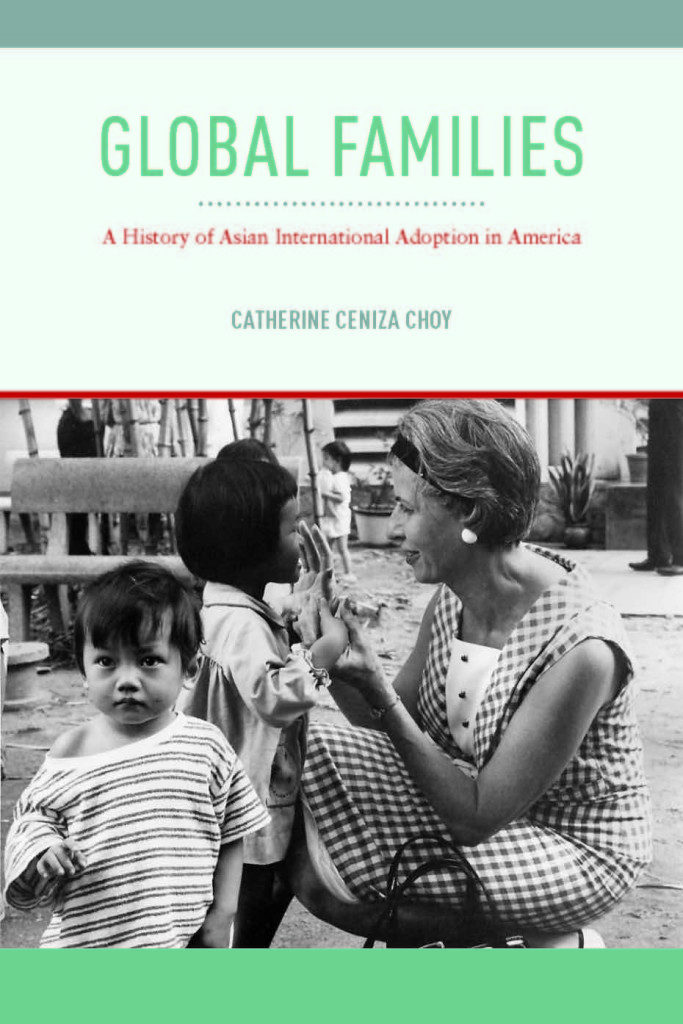

It wasn’t because my parents didn’t try or want to help when I brought it up, but the fact is that they weren’t fully equipped to do so-nor did they have the benefit of the knowledge and resources available to families today. It was a journey that I had to walk and learn for myself-how to care for my hair and understand my body type and self-image as I grew older. You simply want to fit in with your peers, which is appropriate developmentally, but everything you are experiencing makes you feel like you stand out, and not in the way you would like. We all have a bad hair day or a bad haircut, but think about how that impacts self-esteem when it is daily for a school-age child. When your skin color stands out and your body type does not lend itself to the trendy jeans, hair care is just one more of many things that complicate self-image. Hair care is a bellwether for positive self-esteem. Hair care may sound to some a trivial issue in parenting transracially adopted children, but trust me, it is a big deal. My hair was kept short, but I wanted braids, twists, bows, and beads. As I entered elementary school, I began to increasingly feel that I didn’t fit in, not because of my culture, but because of race.

I wondered how I could make my appearance reflect that of my mother’s. On occasion, I would wear a towel on my head as I imagined what it would be like to have long straight hair. I would straighten my curls out, only for them to recoil. I wanted my hair to be long and blond, rather than short and curly. I recall that as a pre-school-aged child, I clearly recognized racial differences. Some kids were adopted, others not-some were adopted from other countries, some domestically, some through same-race adoption, while my brother and I were transracially adopted. As any other child in our immediate neighborhood, I played together with friends, and we were welcome to come and go in and out of each other’s homes. In Minnesota, I was accepted in my neighborhood, a suburb of Minneapolis and Saint Paul that lacked racial diversity at the time. My family loved me deeply (and I them), and they intended for me to be racially and culturally connected. Adopted in Chicago and moving to Minnesota at a very young age greatly influenced my upbringing and culture. My lived experience began with my own adoption by a caring white family before the National Association of Black Social Workers took a stand against transracial adoptions.

my experience growing up in a transracial family Comparable financial sanctions are not applied if states fail to diligently recruit families who reflect children’s racial and ethnic background. Further, IEPA imposes financial penalties on states that violate IEPA by using race, color, or national origin in making placement decisions. This amendment, commonly referred to as the Interethnic Placement Act (IEPA) eliminates any consideration of the use of race, color, or national origin when making placement decisions, unless it can be demonstrated that a same-race placement is clearly in that child’s best interest. In 1994, the Multi-Ethnic Placement Act (MEPA) was enacted “to decrease the length of time that children wait to be adopted to prevent discrimination in the placement of children on the basis of race, color, or national origin and to facilitate the identification and recruitment of foster and adoptive parents who can meet children’s needs.” In 1996 MEPA was amended by the Small Business Job Protection Act, Interethnic Placement Provision (IEP), PL 104-188, section 1808. In September 1972, this practice resulted in The National Association of Black Social Workers taking “a vehement position opposing the placement of black children in white homes for any reason.” In the following two decades, the number of children in out-of-home placements grew significantly, and many children who could not be reunified needed permanency, for their own best interest as well as to relieve the over-taxed child welfare system. Buck, an adoptive mother herself, had a wide impact upon the culture through her writing, and many people in the United States were introduced to the idea of transracial adoption through her outspokenness on the subject.įollowing our nation’s Civil Rights Movement, there was a change in transracial adoptions of black children into white homes: As integration increased so did the number of transracial adoptions. Buck began an adoption agency focused on placing children through transracial and/or intercountry adoptive placement. The following year, novelist and winner of the Pulitzer and Nobel prizes Pearl S.

In 1948, white parents in Minnesota adopted a black child and were the first recorded transracial adoption in the United States. This article, written by Alexis Oberdorfer, MSW, Executive Director of CH/LSS, was originally published by National Council for Adoptable Children (NCFA)


 0 kommentar(er)
0 kommentar(er)
